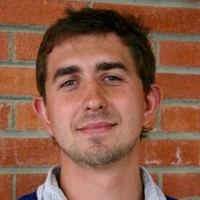
Cedric Twardzik
Observatoire de la Côte d'Azur
Laboratoire Geoazur
Bureau 214 -- Batiment 4
250 Rue Albert Einstein
06460 Valbonne (Fr.)
twardzik(at)geoazur.unice.fr

Observatoire de la Côte d'Azur
Laboratoire Geoazur
Bureau 214 -- Batiment 4
250 Rue Albert Einstein
06460 Valbonne (Fr.)
twardzik(at)geoazur.unice.fr
